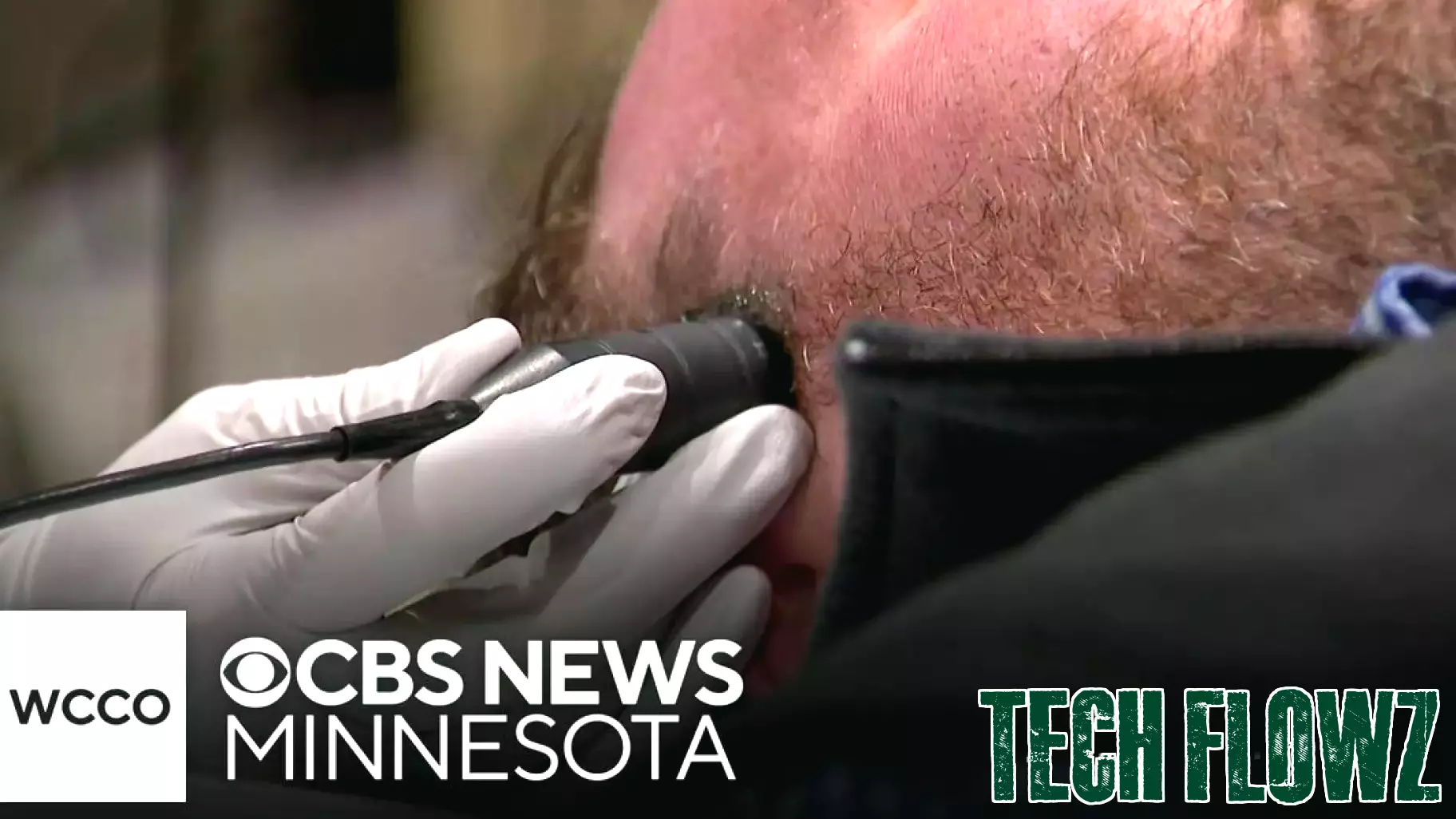Innovative Technology Aims to Reduce Stroke Incidence
March 25, 2025 - 05:58

Every year, nearly 800,000 people in the United States experience a stroke, a condition that can lead to severe health complications or even death. In response to this alarming statistic, medical professionals are now leveraging cutting-edge technology to enhance stroke prevention efforts.
Recent advancements in artificial intelligence and wearable devices are making it possible for doctors to identify at-risk patients more effectively. These technologies can monitor vital signs and detect irregular heart rhythms, which are often precursors to strokes. By analyzing data in real-time, healthcare providers can intervene early, offering lifestyle changes or medications to mitigate risk factors.
Additionally, telemedicine has expanded access to healthcare, allowing patients to consult with specialists from the comfort of their homes. This increased accessibility means that more individuals can receive the preventive care they need, ultimately reducing the number of strokes. As these innovative solutions continue to develop, the hope is to significantly lower stroke rates and improve overall public health.
MORE NEWS

December 11, 2025 - 15:51
Asian Markets Show Mixed Reactions Following U.S. Rate CutAsian shares are mixed after the U.S. stock market again approached its record high following the Federal Reserve’s cut in its main interest rate. Investors in the region are cautiously assessing...

December 10, 2025 - 21:59
House Committee Examines Innovations in Healthcare Cost ReductionThe United States House Committee on Oversight and Government Reform convened to explore the potential of technology in lowering healthcare costs. This hearing highlighted the increasing importance...

December 10, 2025 - 01:46
Munich Emerges as a Hub for Innovative Drone TechnologyMunich is rapidly establishing itself as a center for groundbreaking advancements in drone technology, with several start-ups affiliated with Bundeswehr University leading the charge. These...

December 9, 2025 - 05:48
Houston Company Owner Charged with Exporting Advanced AI Technology to ChinaOfficials have revealed that a Houston-based company and its owner are involved in a conspiracy to export advanced artificial intelligence technology to China and Hong Kong. The scheme allegedly...